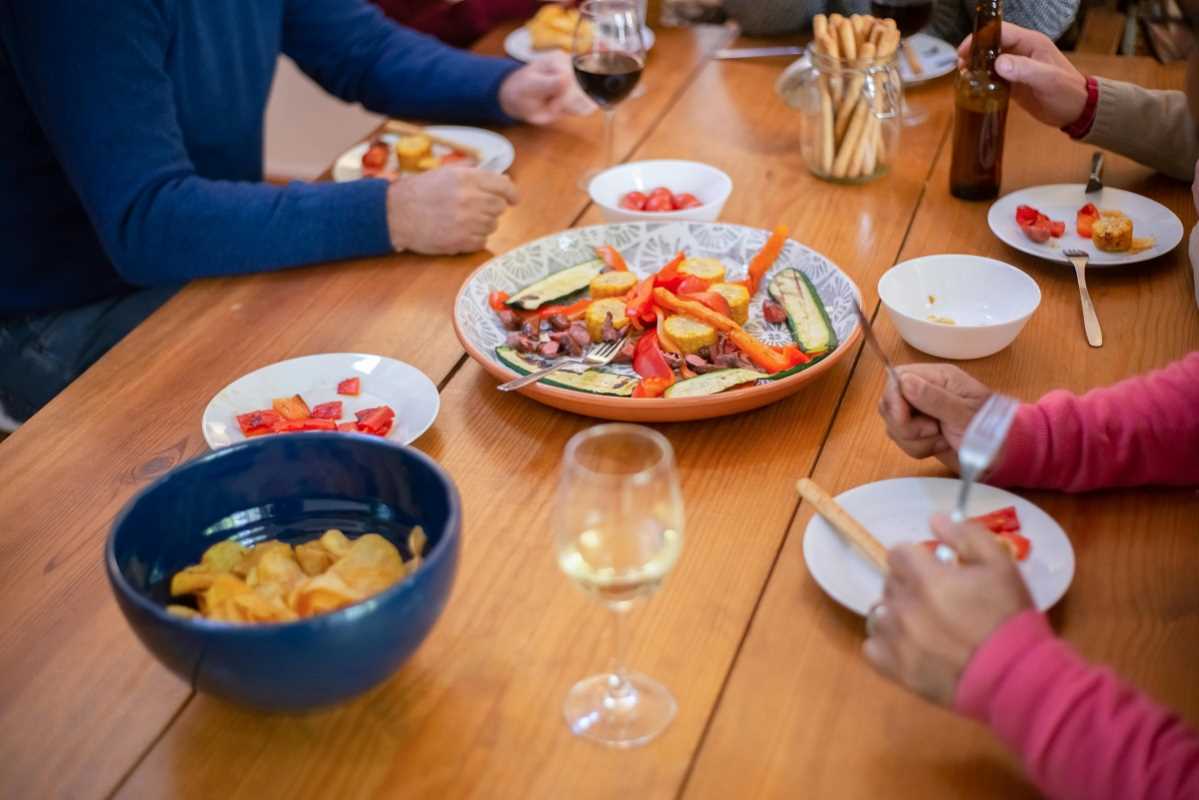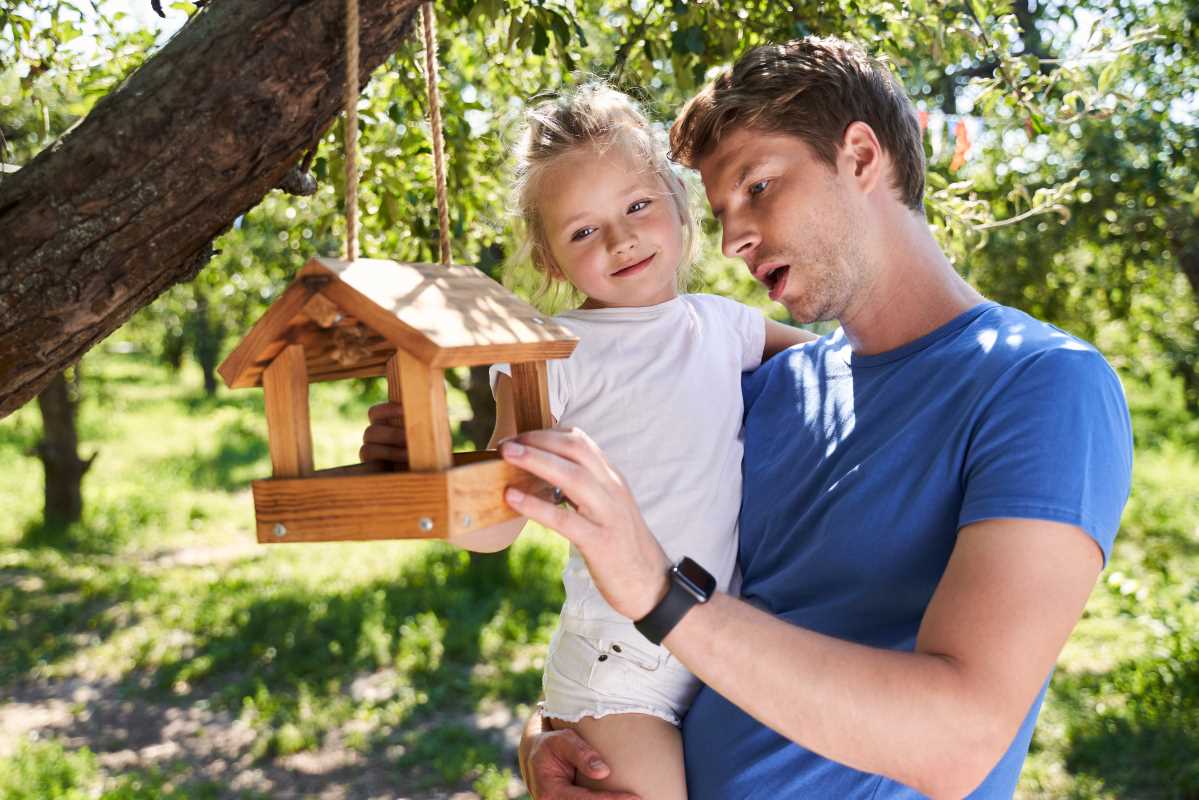Eating together as a family can feel special, but it can also be a bit challenging to make that happen every day. With busy schedules and different food preferences, it’s easy to fall into a boring routine. That’s where creative meal planning comes to the rescue!
Planning meals isn’t just about figuring out what to eat. It’s a chance for families to sit down, connect, and enjoy time together. By adding a little creativity, meal times can turn into fun events that everyone looks forward to. From themed dinner nights to getting kids involved, here are some ways to make meal planning exciting and bring everyone to the table.
Themed Dinner Nights
One of the easiest ways to make meals fun is by having themed dinner nights. Themes can turn an ordinary meal into a special experience. You could plan a “Taco Tuesday” where the whole family enjoys building their own tacos with a variety of ingredients. Or, have a “Pasta Night” where everyone picks their favorite toppings like meats, veggies, and sauces to create their own pasta dish.
Other fun themes might include “Breakfast for Dinner,” where pancakes and scrambled eggs steal the show, or “Around the World” nights, where you explore food from different countries. Maybe one night will be Italian with pizza and pasta, and the next could be Japanese with sushi or ramen. These themes not only make dinners more exciting, but they also encourage families to try new foods together.
To make it even more interactive, you can decorate the dining area to match the theme. You might hang up flags for an international dinner or set out fun toppings for a pizza-making night. Themes make planning meals feel like planning a mini party—and everyone will want to join in!
Getting Kids in the Kitchen
Cooking together is a great way to bring families closer, and kids love feeling involved. You don’t have to be a professional chef to make cooking fun. Start by giving younger kids simple tasks like washing vegetables, stirring batter, or arranging ingredients on a plate. Older kids can help with more involved steps, like chopping (with supervision!) or measuring out ingredients.
When kids help prepare meals, they’re more likely to eat what’s on their plate because they feel proud of their contribution. Plus, cooking teaches them important skills like how to read a recipe, measure things properly, and work as a team.
Make it fun by letting kids choose recipes they’re excited about. You might even plan a “Kids Cook Night,” where they decide the menu and take the lead in the kitchen, with some help from adults. It could be something as simple as homemade sandwiches, personalized pizzas, or even their version of a favorite family meal.
Cooking together also provides a great chance for families to talk and share stories. While chopping and mixing, you can chat about your day, share funny memories, or even make exciting plans for the weekend.
Using Seasonal Ingredients
Meal planning becomes more interesting when you take advantage of seasonal ingredients. Seasonal fruits and vegetables not only taste fresher, but they’re often less expensive and easier to find. Each season brings its own unique flavors to the table, offering countless meal ideas.
In the summer, you can enjoy juicy watermelons, sweet corn, or fresh tomatoes. These can be turned into colorful salads or blended into cold soups. Autumn is the perfect time for pumpkins, apples, and squash, which can be used to make warm soups, pies, or roasted side dishes. Winter brings hearty greens like kale or cabbages, which are ideal for stews and casseroles.
Planning meals around what’s fresh each season makes cooking feel creative and exciting. You could even make it an adventure by visiting a local farmers’ market to pick out ingredients as a family. Kids can choose what looks most interesting, and you can plan a meal around their choice. Using seasonal foods also helps teach children about where food comes from and why eating fresh is good for their health.
DIY Food Stations
Another way to make dinner fun and interactive is by setting up DIY (do-it-yourself) food stations. These make family meals feel less formal and more like a friendly buffet where everyone gets to customize their plate.
A burger bar is one idea. You can prepare burger patties along with a spread of toppings like lettuce, cheese, pickles, onion rings, and sauces. Everyone can build their burger the way they like it. Or, you could make it a baked potato station, where each person adds their favorite toppings like sour cream, bacon, cheese, and broccoli.
DIY stations aren’t limited to dinner. They work for breakfast, too! A pancake or waffle station with toppings like whipped cream, berries, syrup, and chocolate chips turns a simple meal into a fun feast. By letting everyone create their own meals, no one feels left out, and it’s another way to get everyone involved in the process.
Surprise Meal Nights
Adding an element of surprise can make meal planning even more adventurous. Surprise nights work by letting one person in the family secretly plan and cook one meal during the week. The rest of the family doesn’t know what’s on the menu until it’s time to sit down and eat.
This can be a rotating activity where everyone takes a turn. Kids might love planning meals because they can pick dishes from their favorite foods, and parents enjoy the thrill of guessing what’s been prepared. These surprise dinner nights bring an air of mystery to the table, making meals extra special and encouraging everyone to contribute.
Making Mealtime a Shared Experience
The key to successful meal planning isn’t just about the food—it’s about the experience. When families come together to plan, cook, and enjoy meals, they create memories that go far beyond what’s on the plate. Whether it’s themed nights, cooking as a team, or exploring local ingredients, these creative strategies transform dinner from a daily task into something the whole family looks forward to. By making meal time fun and interactive, you can make sure that everyone is excited to show up to the table, hungry not just for food but for time spent together.
 (Image via
(Image via





